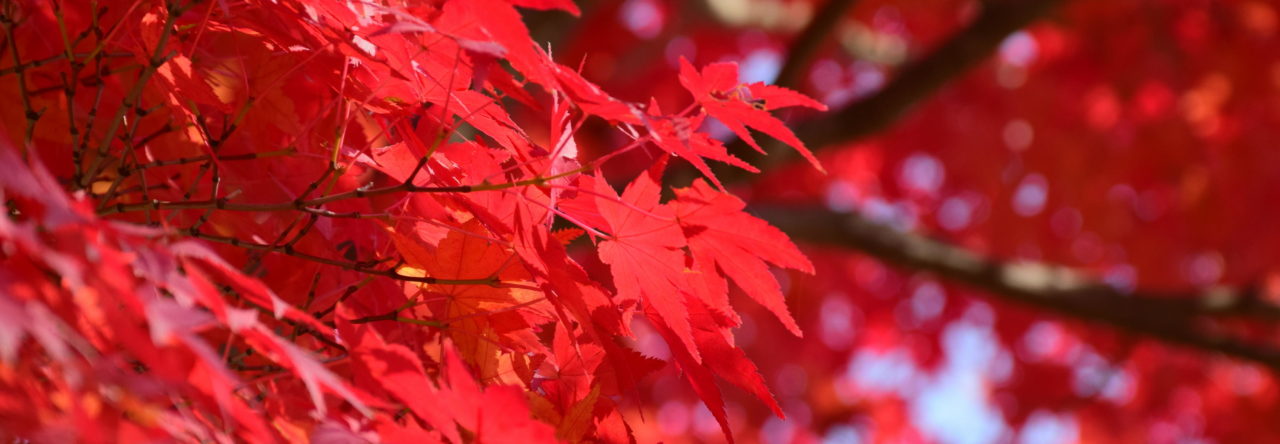Preface
There are only a few extant koryū bujutsu that date back to the Sengoku (‘warring states’) era. Despite claims to the contrary, none of them are pristine. Many claim founding dates that are historically inaccurate, often by many hundreds of years. Some claim founders who actually had nothing to do with the school in question. Still others have founders who may have initiated the ryūha, but they surely never imagined the current state of what they created—it has been altered over the centuries almost beyond recognition.
This is not fraud. The term 流 (ryū ‘flow’) means something quite different from ‘organization.’ Whoever truly created a school often gave credit to those who flowed into its creation, going back centuries, if not millennia. This could include one’s family lineage (the core of one’s identity), one’s inspiration (this could include deities, ancestors, even someone in a war tale or legend), as well as antecedent schools that were directly or indirectly related. For example, a large number of schools list famous warriors or tutelary deities associated with Shintō-ryū (schools associated with a nexus of activity in the general area of the Kashima and Katori shrines), as these are generally considered to be the primordial martial traditions of Northeastern Japan. However, the technical parameters of a particular school may have very little to do with Shintō-ryū itself.

